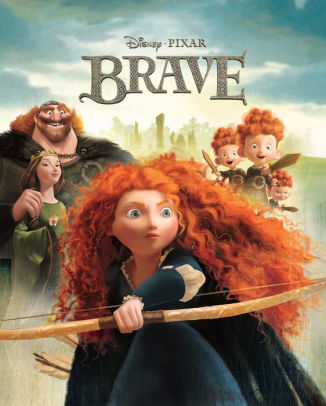Filled with blood, gore, and gruesome action scenes, the film
Black Death (2010) attempts to expose the calamities associated with 14th century Europe during the time of the "black death," or the "great pestilence." The film centers on the year 1348 when the bubonic plague has spread throughout much of Europe. Osmund, a young monk, eventually becomes close allies with Ulric, a knight who promises to provide him with additional support from his fellow knights in conquering the devastation of the plague. Another important aspect of the plot to consider is Osmund's relationship with his lover, Averill. The movie begins with them reuniting after the two were separated for a long time, but their relationship eventually takes a drastic turn again when Osmund and Averill argue over their future with one another and Averill angrily leaves on horseback. The second time that Osmund ever comes across Averill again, he discovers remnants of her clothes lying in the snow, resulting in his assumption of Averill being dead.
 |
| Image from amazon.com. |
When Osmund, Ulric, and his crew hear rumors of a marsh village that isn't infested by the plague, they make the long journey to get there and are welcomed by the townspeople, including Hob and Langiva, who appears to be infatuated with Osmund the most. At first, the village seems to welcome the guests, with Langiva, a necromancer healing Osmund's wounds and the men invited to a welcoming ceremony and party, since they claim to be seeking a place of refuge. It has also been rumored that Langiva has the ability to bring back people from the dead, but under uncertain circumstances. However, things aren't as they seem to be once the townspeople discover their Christian beliefs and claim that the knights are vulgar and hateful due in part to their religion. Langiva also claims that Christianity itself is the main cause of the plague vastly spreading and killing people within its reach. As a result, Osmund, Ulric, and his crew are tortured and are forced into denying God and His existence in order to live, or else they die. After several of Ulric's men are executed, Langiva decides to utilize Osmund for her own benefit by tempting him to give up his duty as a monk, so that he can be reunited with Averill once again, since she claims to have possession of her body. Despite these setbacks, a majority of the men stood up for the faith and as Ulric is tied to whips, he reveals to Osmund and the villagers that he is consumed by the plague and that he is "Death" itself, scaring the townspeople and resulting in the rest of the men being freed. The movie then reveals Osmund's life a few years later, as he no longer possesses the characteristics of being a good monk; his life is now overshadowed by his grief in losing Averill as he now seeks vengeance on the witch that betrayed him and took Averill's life.
 |
| Image from npr.org. |
When it comes to historical accuracies,
Black Death does a great job of portraying the struggles Europe encountered during the 14th century, including poverty, famine, and the bubonic plague, all issues indicated in our notes and Bennett's text (Bennett 303). I also found it interesting how religion and faith were mentioned throughout the film and had a significant impact on shaping multiple characters' perspectives, especially during the plague, and how Christianity controlled much of the Middle Ages ("A 'Black Death' Saga With More Than One Plague"). Another part of the movie that is historically relevant is the theory of sin as the main cause of the black death, which is definitely portrayed throughout the film as Langiva and the other pagans who live in the village accuse Osmund, Ulric, and his men that the plague existed on account of their sins and being Christian, which is similar to how sin was perceived as a major contributor of the black death itself.
 |
| Image from imdb.com. |
Although
Black Death is somewhat historically accurate, a vast majority of the film isn't. Despite the film portraying the aftermath of the plague spreading across Europe, there are additional unrealistic plot lines that detract from the historical facts that are presented and ruin the medieval style of the film for entertainment purposes. These consist of adding witches, pagans, and healers that are able to bring back people from the dead, when in reality, witch hunts did not occur until several hundred years later and certainly did not exist during the time of the black death, as well as zombies ("Black Death Should Be Burned at the Stake"). Alongside the supernatural elements that are incorporated into this movie, there are hints of romance, especially between Osmund, Averill, and Langiva earlier in the film, as well as vulgarity that seems out of place for the Middle Ages.
Overall,
Black Death is very unrealistic and should not be considered a movie that historians or students should be considering as a first choice on account of the number of historical inaccuracies that outweigh the reality of the bubonic plague and its significant impact in the late Middle Ages.
References
Bennett, Judith M. Medieval Europe: A Short History, Eleventh Edition. McGraw-Hill, 2011.
Buckwalter, Ian. "A 'Black Death' Saga With More Than One Plague."
NPR, 10 Mar. 2011,
https://www.npr.org/2011/03/11/134429670/a-black-death-saga-with-more-than-one-plague. Accessed 5 Dec. 2019.












